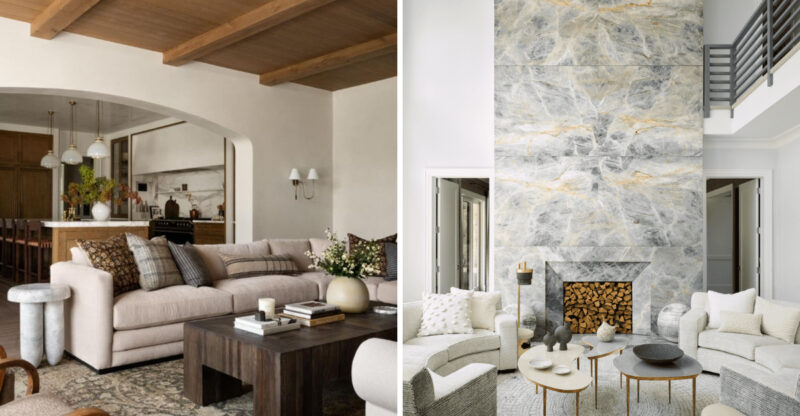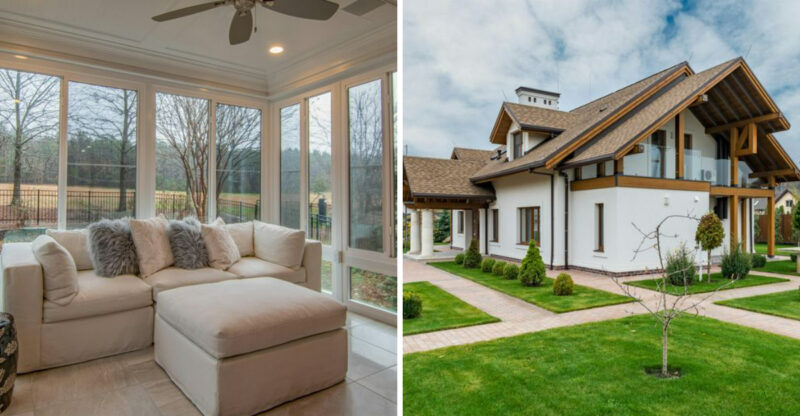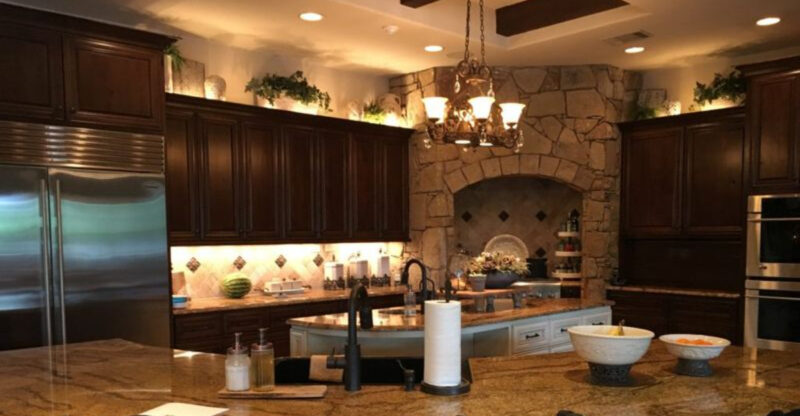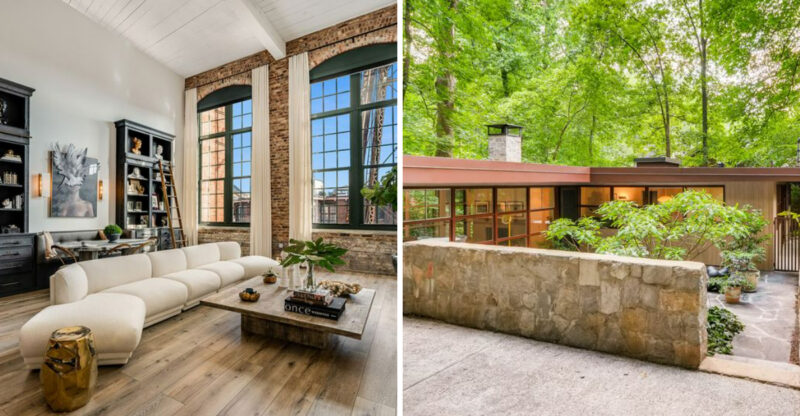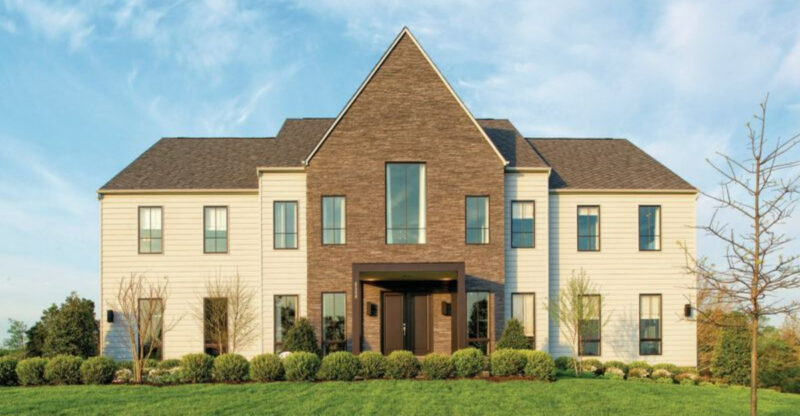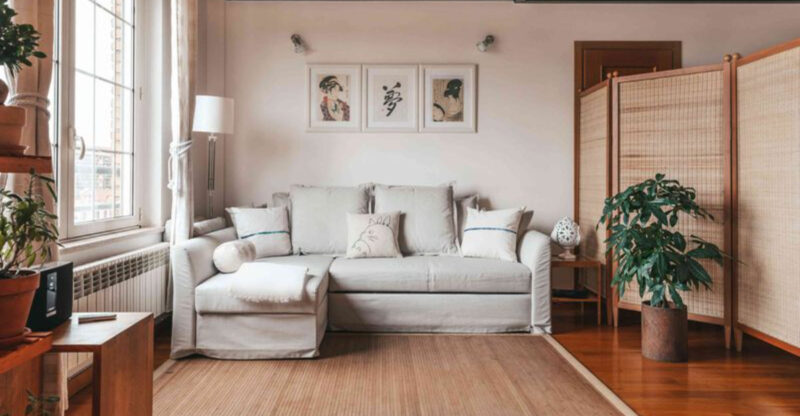12 Popular House Designs In St Louis That May Disappear By 2030
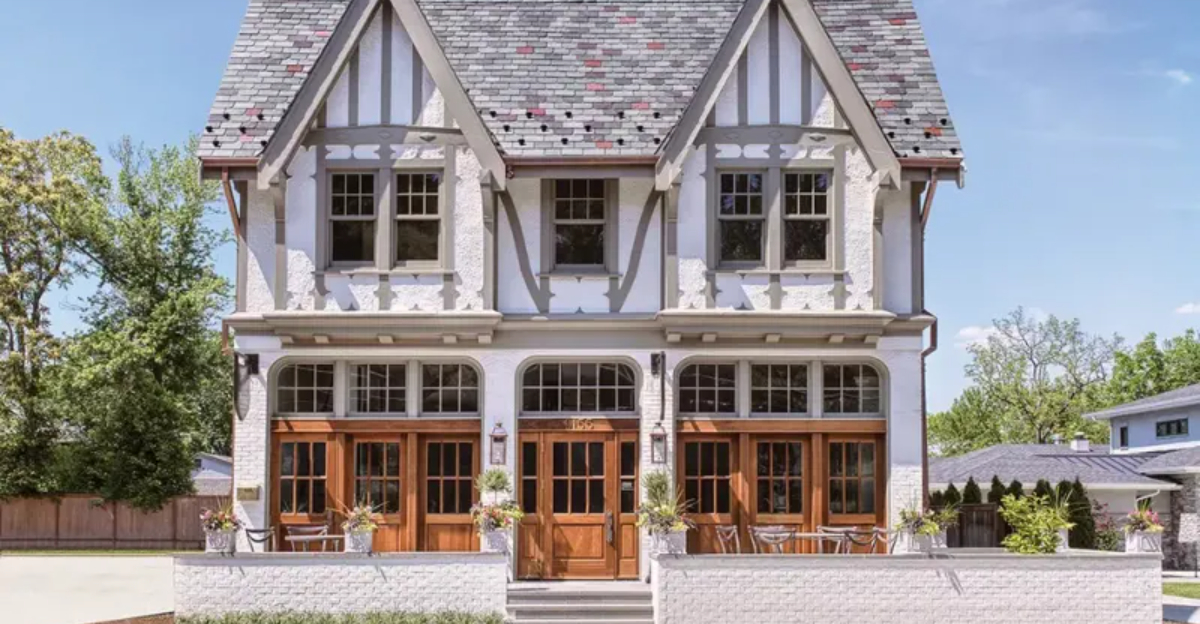
St. Louis homes tell a story through their unique architectural styles that have shaped neighborhoods for decades.
As modern design trends and sustainability concerns take hold, many beloved home styles are facing potential extinction.
From classic brick ranches to ornate wrought-iron fences, these signature St. Louis designs might become merely nostalgic memories by the end of this decade.
1. Brick Ranch Homes
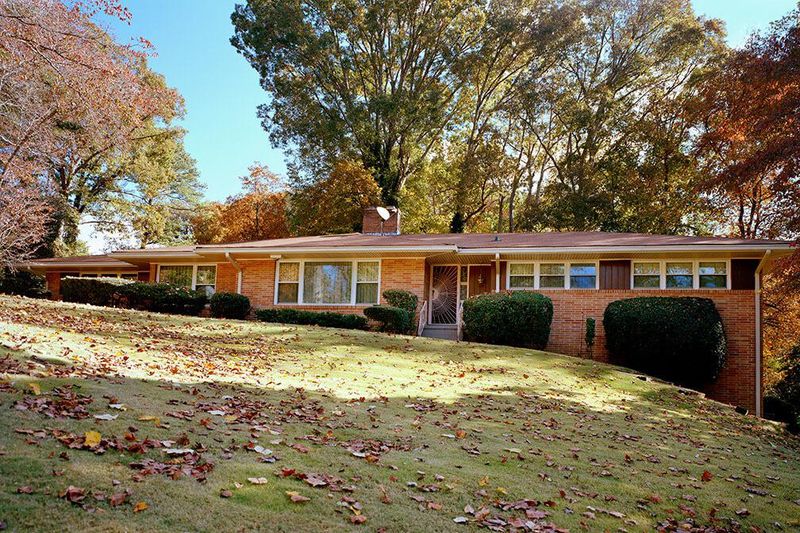
Remember those charming single-story brick homes dotting neighborhoods like Affton and South County? Their straightforward layouts and sturdy construction made them a St. Louis staple since the 1950s.
Families loved their practicality no stairs to climb, easy maintenance, and reasonable square footage for first-time homebuyers. The signature red brick exterior provided excellent insulation against our Midwest weather extremes.
Unfortunately, today’s homebuyers increasingly seek taller ceilings, open concepts, and multiple stories. As developers snap up these modest ranches for teardowns, replacing them with larger modern homes, this iconic St. Louis style faces extinction despite its solid construction that could last centuries.
2. Split-Level Suburban Houses
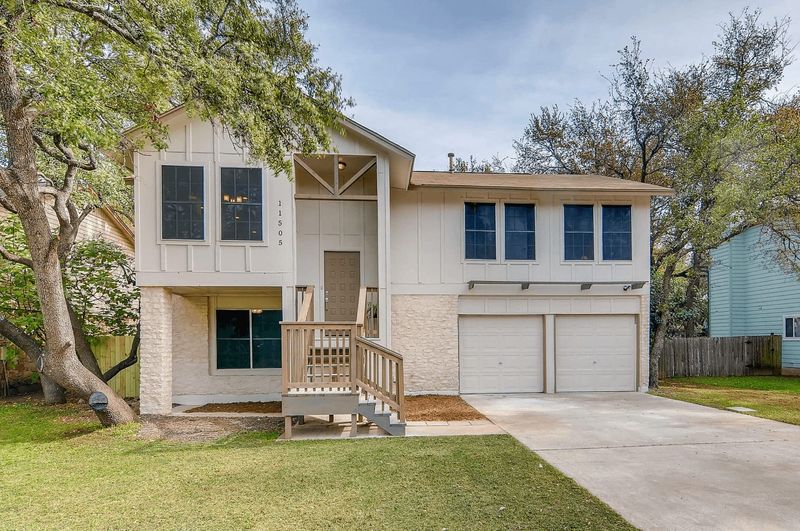
Split-level homes emerged as the darlings of St. Louis suburbs like Crestwood and Webster Groves during the 1960s-70s building boom. Their clever design separated living spaces into multiple short-flight staircases, creating distinct zones while maintaining visual connections.
Kids growing up in these homes enjoyed the perfect setup – parents could cook dinner upstairs while keeping an eye on basement playrooms. The partial basement design also worked brilliantly with Missouri’s hilly terrain, reducing excavation costs for builders.
Modern homebuyers now gravitate toward either single-level living or full two-story designs. As aging split-levels require major updates, many face demolition rather than renovation, gradually removing this distinctive suburban profile from our landscape.
3. 1970s Vaulted-Ceiling Open Plans
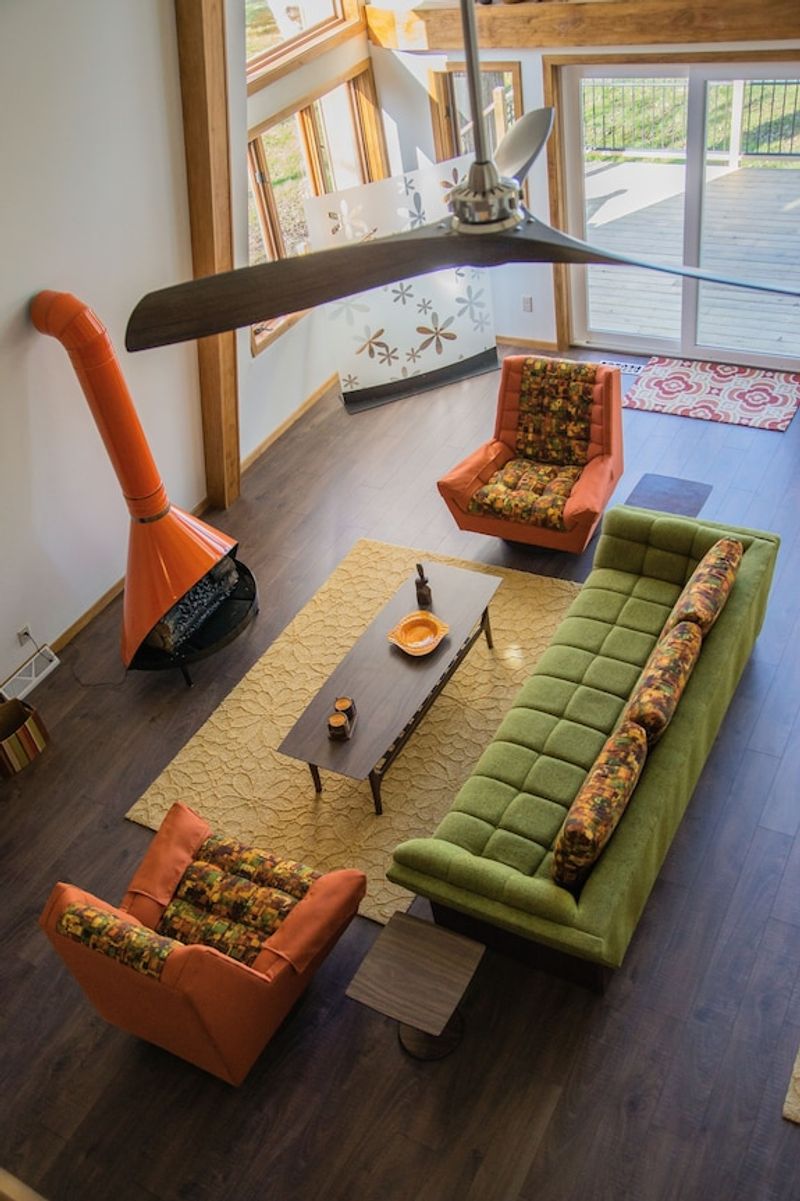
Walking into a 1970s St. Louis home often meant being greeted by dramatic vaulted ceilings with exposed wooden beams and sunken living rooms. These architectural statements created airy, light-filled spaces that felt revolutionary compared to earlier boxy designs.
Homeowners in places like Creve Coeur and Ladue embraced these California-inspired layouts featuring floor-to-ceiling windows, conversation pits, and natural wood elements. The designs perfectly captured the optimistic, nature-connected spirit of the era.
While today’s homes still favor open concepts, modern versions feature flat 9-foot ceilings rather than dramatic angles. Contemporary buyers often view these distinctive vaulted spaces as energy-inefficient and outdated, leading many homeowners to flatten ceilings during renovations.
4. Faux Tudor Exteriors
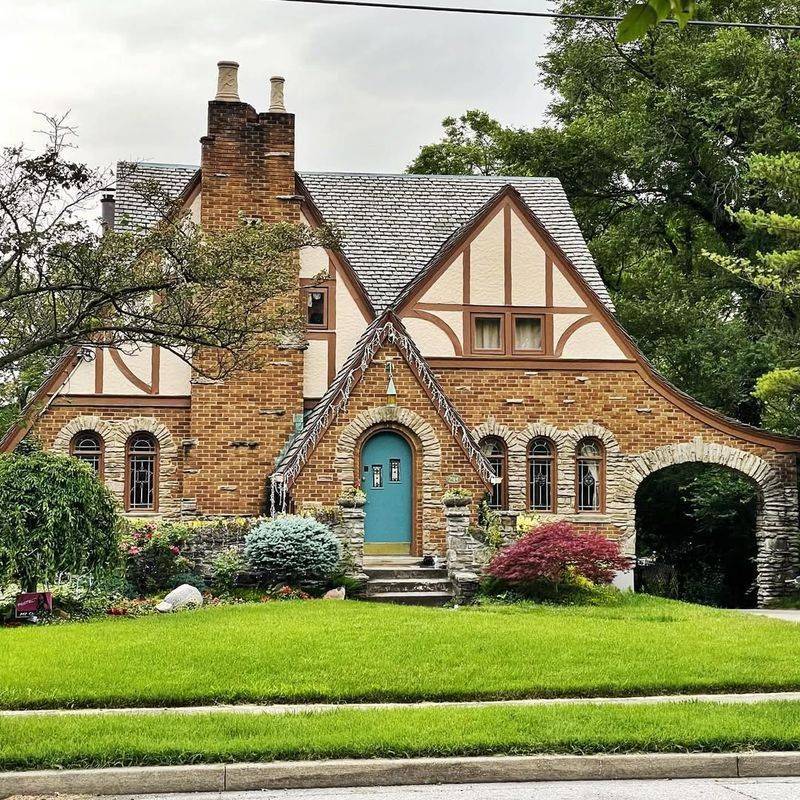
Driving through Clayton or University City reveals numerous homes sporting distinctive Tudor-inspired facades with decorative half-timbering and steeply pitched roofs. These 1920s-1940s designs brought European romance to St. Louis neighborhoods, creating instant character and old-world charm.
Homeowners loved how these houses stood out with their asymmetrical designs, decorative chimney pots, and arched doorways. The style conveyed stability and tradition during periods of rapid change in American society.
Modern construction costs have made authentic Tudor details prohibitively expensive. New homebuyers increasingly prefer cleaner contemporary exteriors with less maintenance. As these aging beauties require extensive upkeep of their specialized details, many face simplified renovations that strip away their distinctive Tudor elements.
5. Heavy Stucco Mediterranean Facades
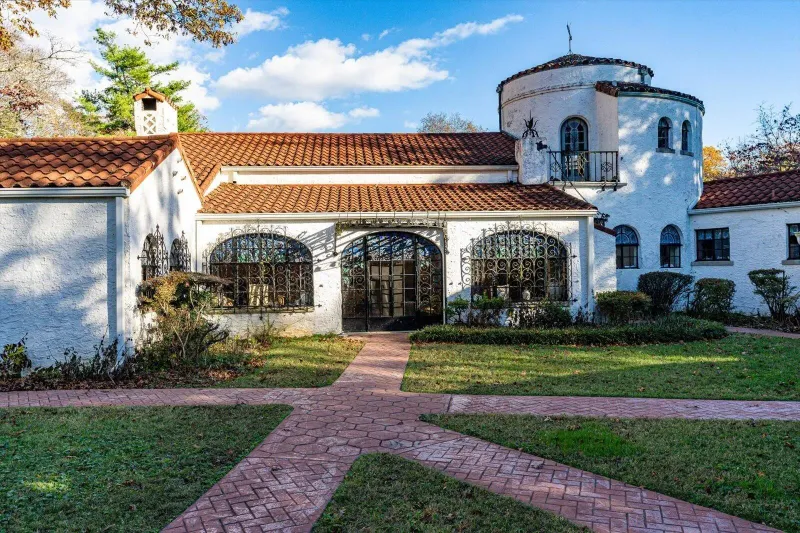
If you’ve wandered through St. Louis Hills or Compton Heights, you’ve likely admired homes with terracotta roofs, arched windows, and textured stucco exteriors. These Mediterranean-inspired designs gained popularity during the 1920s-30s, bringing Spanish Colonial and Italian Villa aesthetics to the Midwest.
Families were drawn to their distinctive appearance and solid construction. The thick stucco walls provided excellent insulation while decorative ironwork, colorful tile accents, and courtyard entrances created romantic, vacation-like atmospheres.
Climate challenges have made these designs increasingly impractical in our region. Freeze-thaw cycles damage stucco surfaces, while terracotta tiles crack under Missouri’s harsh winters. With replacement materials costly and skilled craftspeople scarce, many of these once-grand facades are being simplified during renovations.
6. Carved Stone Veneer Accents
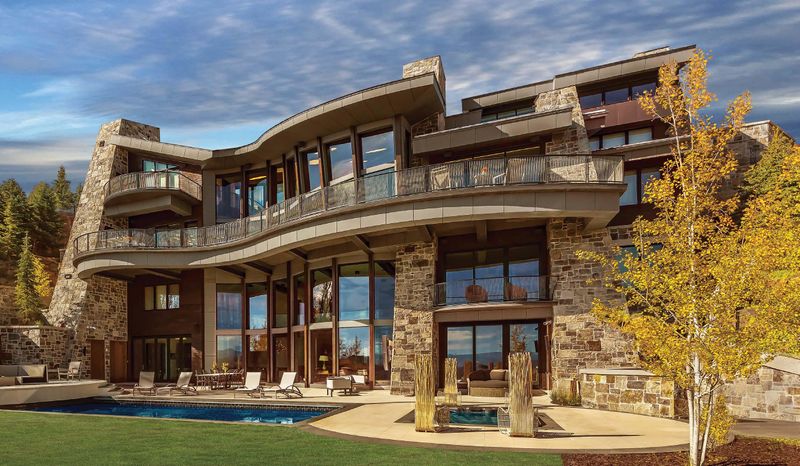
Throughout upscale St. Louis neighborhoods like Frontenac and Town and Country, homes built in the 1980s-90s often featured elaborate carved limestone or cast stone accents. These decorative elements framed doorways, windows, and fireplaces with scrollwork, shields, and floral motifs inspired by French chateau architecture.
Homeowners embraced these grand touches as symbols of success and permanence. The creamy limestone color contrasted beautifully with brick exteriors, creating visual interest and European flair that stood out from simpler suburban designs.
Today’s architectural trends favor cleaner lines and less ornamentation. Younger homebuyers view these decorative stone elements as fussy and dated. When these homes change hands, new owners frequently remove or simplify these once-prized accents during modernization projects, gradually erasing this distinctive St. Louis luxury aesthetic.
7. Popcorn Ceiling Interiors
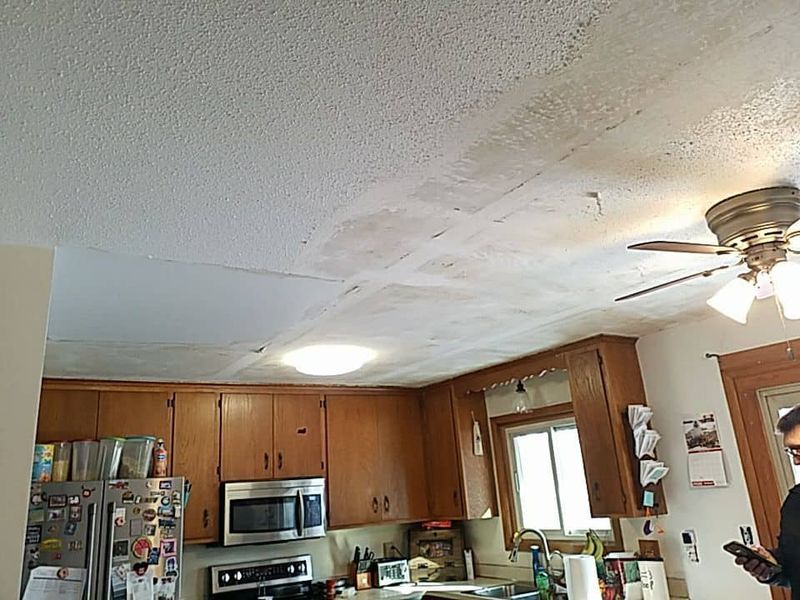
Look up in countless St. Louis homes built between 1960-1990 and you’ll spot the distinctive bumpy texture of popcorn ceilings. Contractors sprayed this acoustic treatment across ceilings throughout neighborhoods like Florissant and Mehlville, promising homeowners improved sound absorption and forgiveness for imperfect drywall installation.
Middle-class families appreciated how these textured surfaces hid minor ceiling flaws and reduced noise between rooms. The stippled finish became so standard that homes without it seemed unfinished or missing an expected feature.
Health concerns about asbestos (in pre-1980s applications) and changing tastes have turned these once-practical ceilings into renovation targets. Modern homeowners invest thousands in popcorn removal for smoother, more contemporary looks. By 2030, finding an original popcorn ceiling in St. Louis might require visiting a historically preserved property.
8. Small Formal Dining Rooms
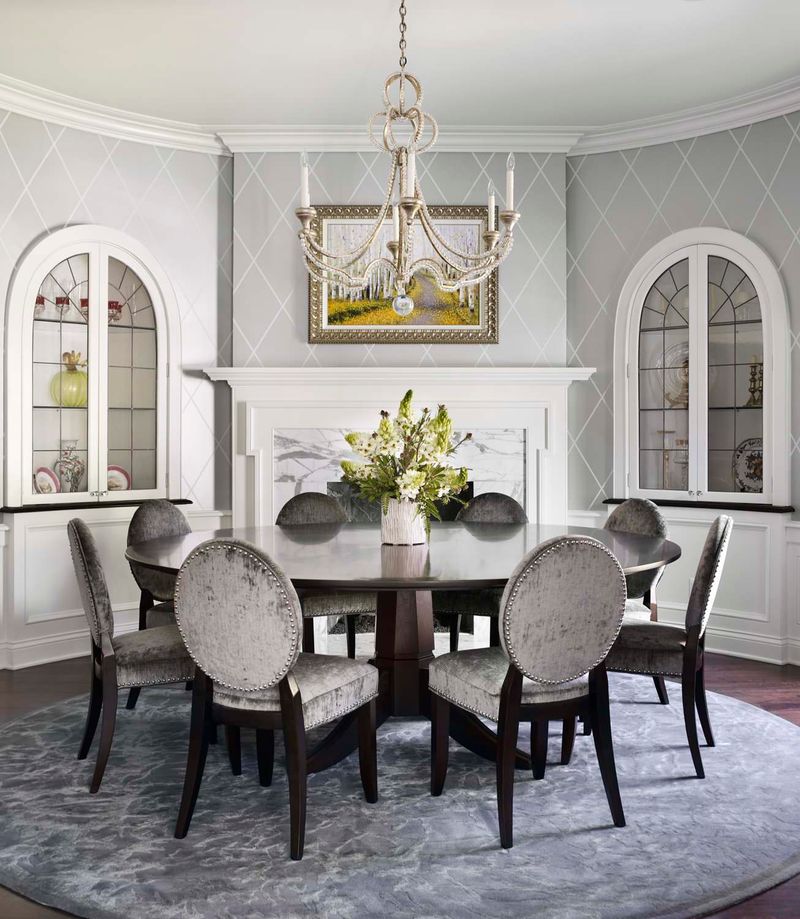
Traditional St. Louis homes in areas like Richmond Heights and Maplewood typically featured dedicated formal dining rooms just off the main entrance. These special spaces, often adorned with chair rails and crown molding, served as stages for holiday gatherings and special occasions.
Families treasured these rooms for creating memories around shared meals. The separated dining space allowed hosts to prepare elaborate dinners while keeping kitchen messes hidden from guests, maintaining a sense of occasion and formality that defined mid-century entertaining.
Modern lifestyles prioritize casual, open-concept living. Today’s homeowners increasingly remove walls to create great rooms or repurpose formal dining spaces as home offices. This shift reflects changing family dynamics and entertaining styles, making the traditional formal dining room an endangered species in St. Louis home design.
9. Wall-to-Wall Carpet Upstairs
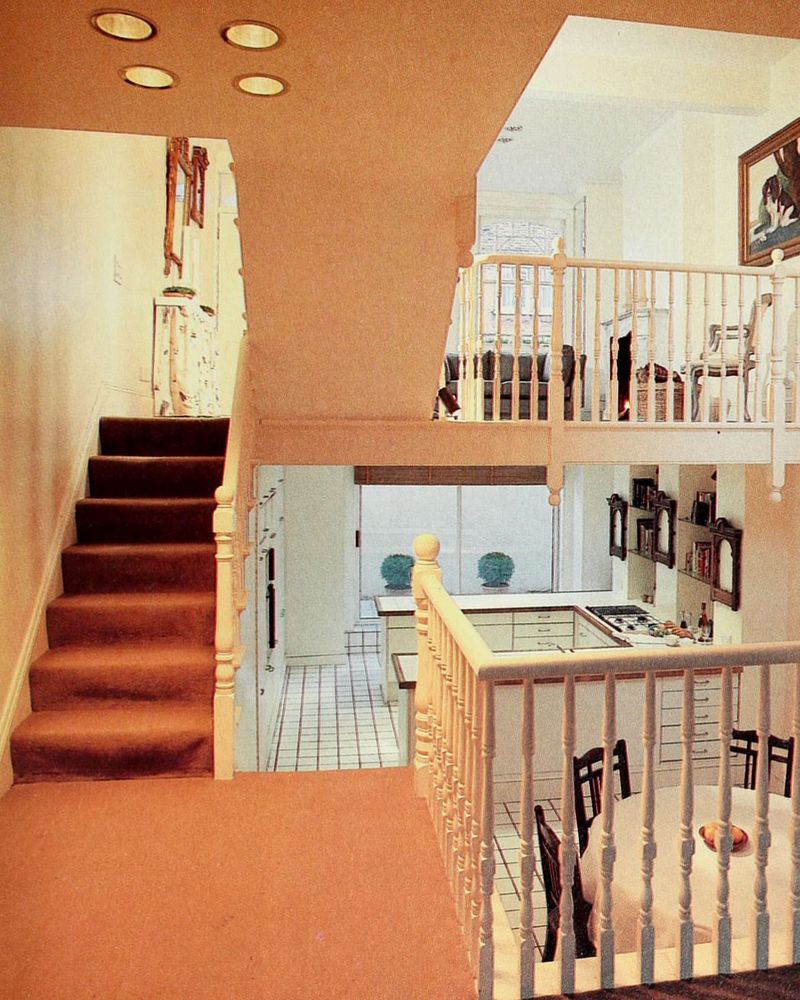
For decades, second floors throughout St. Louis suburbs like Kirkwood and Manchester featured plush wall-to-wall carpeting as the standard flooring choice. Parents particularly valued carpeting in bedrooms and hallways for its warmth underfoot during cold Missouri winters and noise-dampening qualities.
Homebuilders installed miles of carpet in various shades of beige, blue, and green, creating soft, comfortable spaces for families. The material proved practical for children’s rooms, preventing toys from making excessive noise and providing cushioning for inevitable falls.
Hardwood has now reclaimed its position as the preferred flooring throughout homes. Concerns about allergens trapped in carpet fibers, combined with the perceived value and durability of hardwood, have led homeowners to rip out perfectly good carpeting. This shift represents changing priorities from comfort to aesthetics and resale value.
10. Ornate Columned Porches
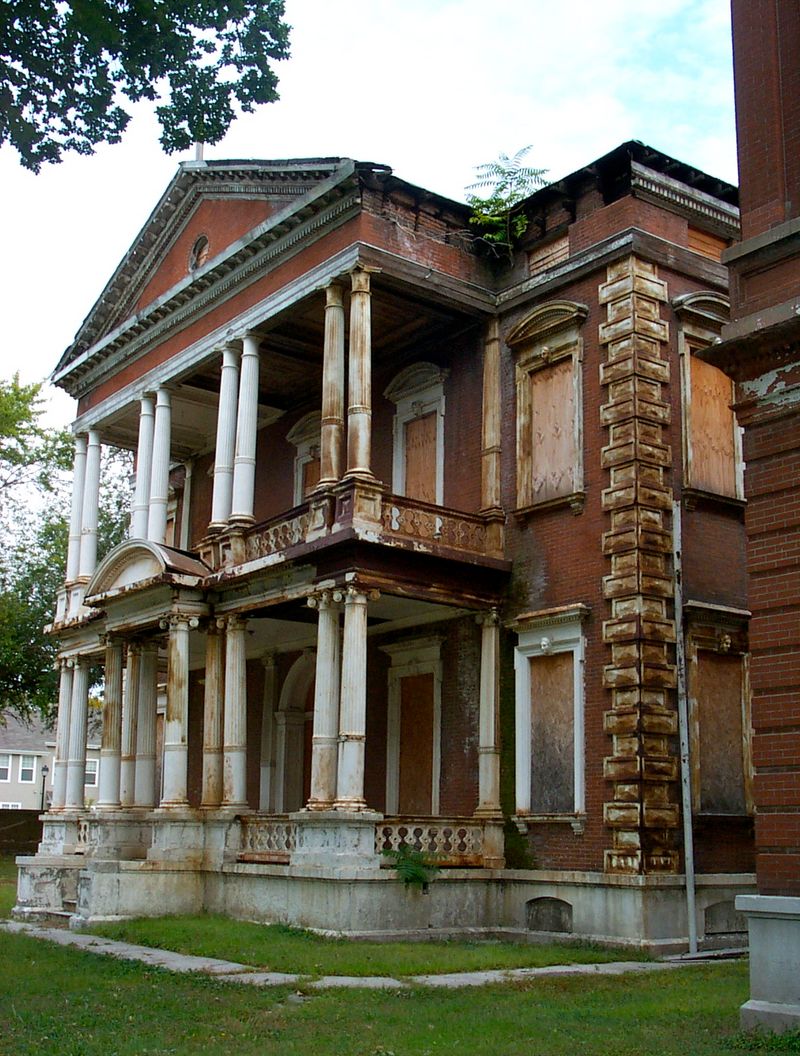
Grand columns have graced front porches across historic St. Louis neighborhoods like Lafayette Square and Soulard for generations. These architectural statements, ranging from simple Doric to elaborate Corinthian styles, created impressive entrances that conveyed stability and classical beauty.
Residents enjoyed both the aesthetic appeal and practical benefits of these covered porches. The spaces provided shelter from rain while waiting for keys, comfortable spots for evening conversations, and architectural frames highlighting beautiful front doors.
Maintenance challenges have made these features increasingly rare. Modern replacement columns cost thousands, while skilled craftspeople capable of repairing ornate capitals are difficult to find. Many homeowners opt for simpler supports during renovations, while new construction rarely incorporates these labor-intensive details despite their undeniable charm and historical significance.
11. Brown-Stained Cedar Siding
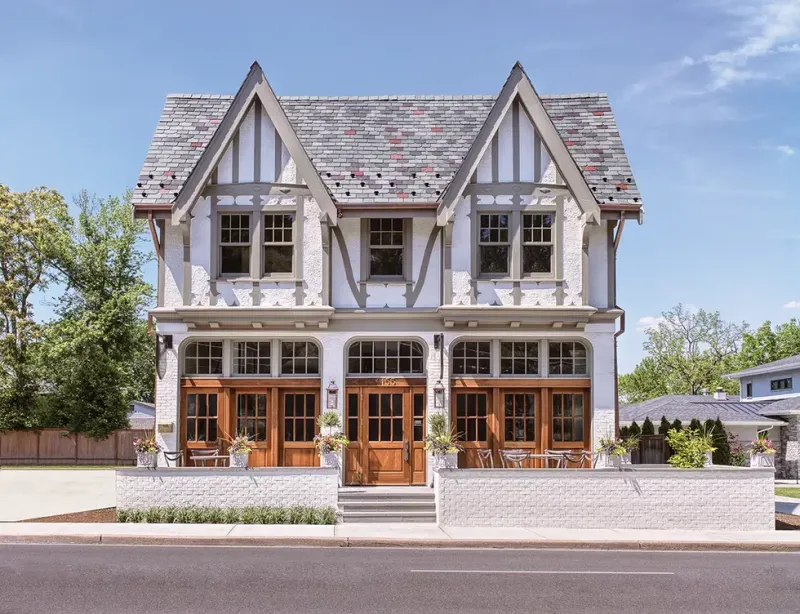
During the 1970s-80s, neighborhoods like Ballwin and Manchester saw numerous homes clad in rich brown-stained cedar siding. This natural material brought warmth and organic texture to suburban architecture, often paired with stone accents and earth-toned trim.
Homeowners embraced cedar’s natural beauty and how it helped these houses blend harmoniously with surrounding trees and landscaping. The material’s natural resistance to insects made it practical as well as attractive, while its distinctive wood grain created visual interest that vinyl siding couldn’t match.
Maintenance requirements have driven cedar’s decline. The need for regular restaining, vulnerability to water damage, and fire safety concerns have led homeowners to replace this beautiful material with lower-maintenance alternatives. Few new homes incorporate natural cedar, making these brown-stained beauties increasingly rare in the St. Louis landscape.
12. Decorative Wrought-Iron Fence Styles
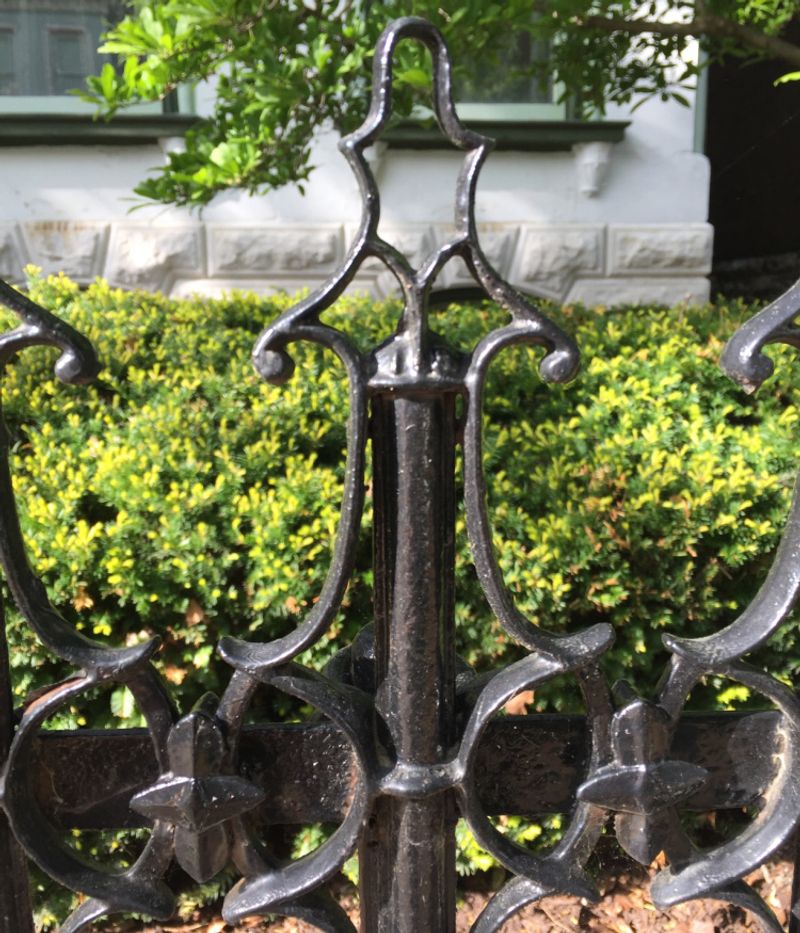
Intricate wrought-iron fences have defined property lines throughout older St. Louis neighborhoods like Shaw and Central West End for over a century. These artistic boundaries feature scrollwork, fleur-de-lis finials, and delicate spearpoints that reflect both security concerns and decorative sensibilities of earlier eras.
Homeowners invested in these distinctive fences as statements of pride and craftsmanship. The open ironwork allowed visual connection with neighbors while clearly marking property boundaries, creating a perfect balance between privacy and community that characterized traditional urban neighborhoods.
Modern replacements rarely match the original artistry. Contemporary homeowners often choose simpler aluminum versions or privacy fences when originals deteriorate beyond repair. True blacksmith-created wrought iron has become prohibitively expensive, making each removed fence a permanent loss of St. Louis architectural heritage that’s unlikely to be replicated.

